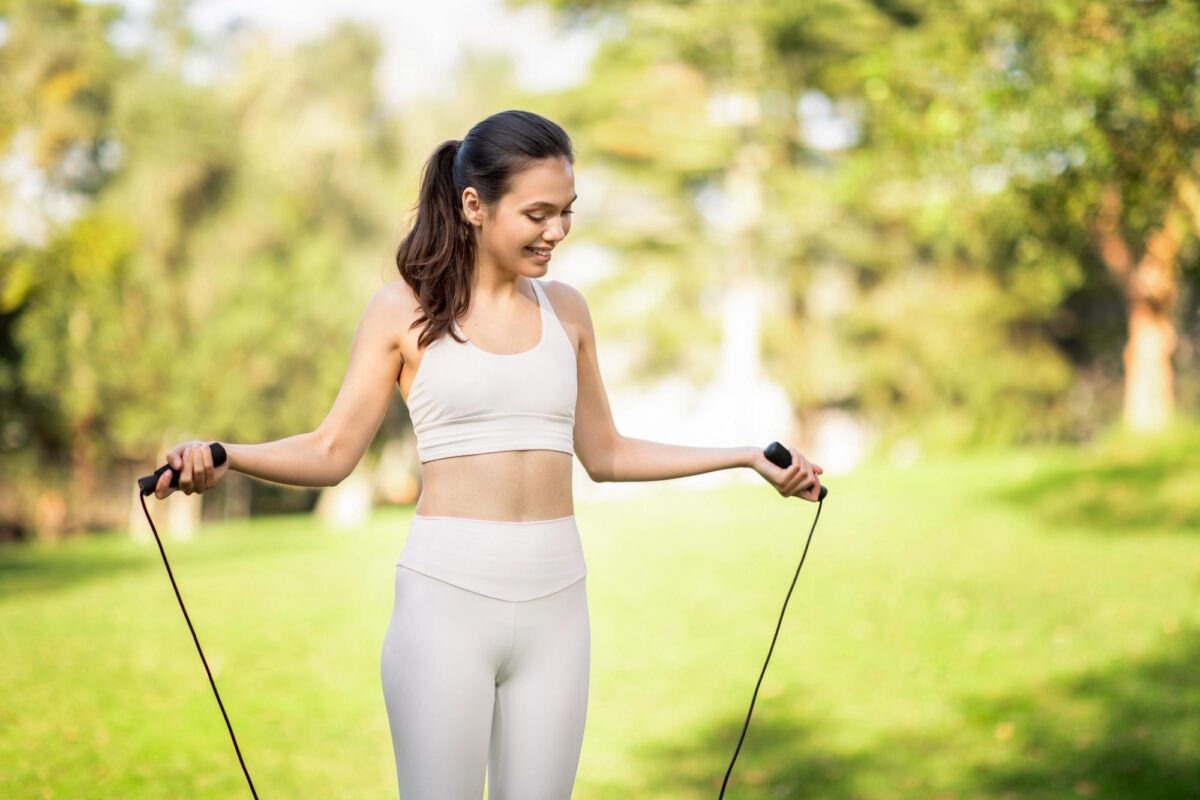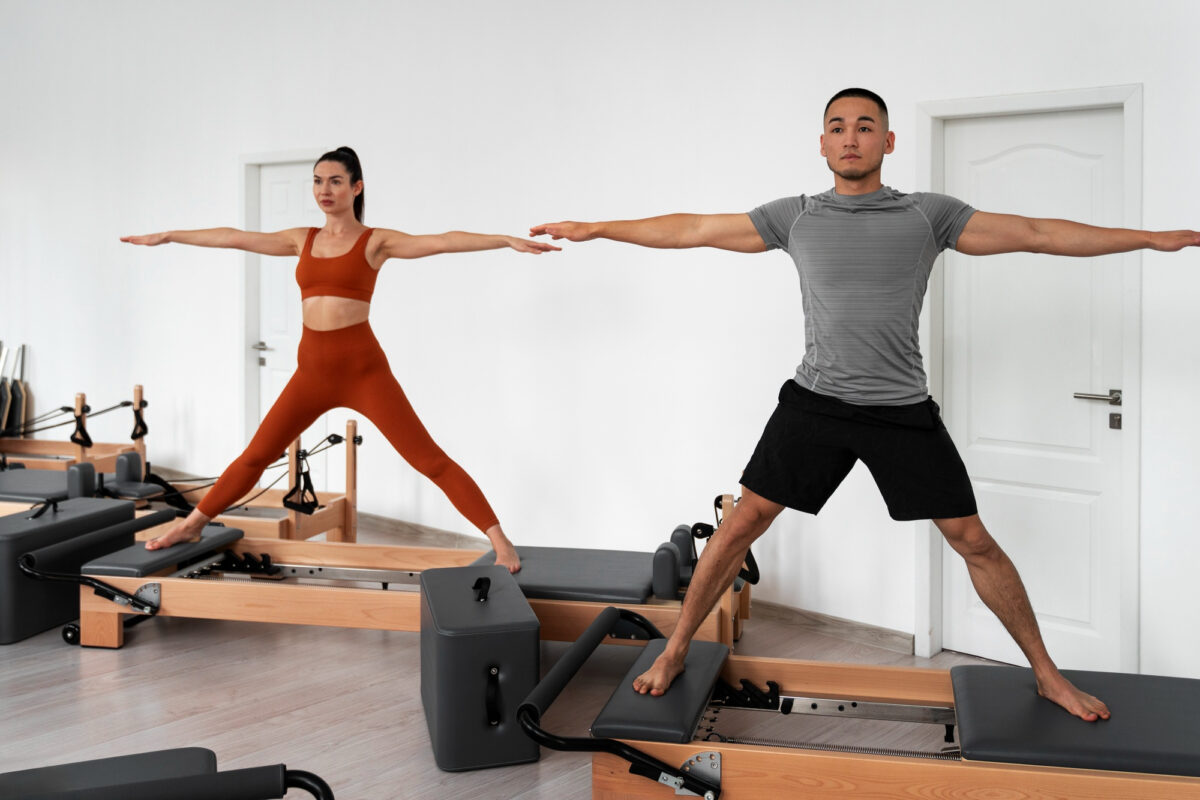High-intensity interval training at home
Introduction to HIIT and Its Benefits for Weight Loss
High-Intensity Interval Training, or HIIT, stands as a powerhouse in the fitness world, blending short bursts of intense exercise with periods of rest or lower-intensity exercise. This method is not just a trend; it’s a scientifically backed approach to burn calories efficiently, making it a golden strategy for weight loss. The allure of HIIT lies in its ability to provide a substantial calorie burn in a minimal amount of time, making it perfect for those with busy schedules.
Pre-Workout Preparation
Before diving into the world of HIIT, it’s crucial to warm up properly to avoid injuries. A dynamic warm-up can include light jogging, high knees, or leg swings. Staying hydrated and setting realistic goals will also pave the way for a successful workout, ensuring that you can maintain consistency and progress over time.
Comprehensive Guide to 10 High-Energy HIIT Workouts
- Jump Squats – A potent leg and cardio workout that can torch around 100 calories in 10 minutes. Beginners can start with regular squats.
- Burpees – Combining a squat, jump, and push-up, burpees are a full-body exercise, burning approximately 10 calories per minute.
- High Knees – Running in place with your knees lifted high is a fantastic way to improve your heart rate, with an average burn of 60 calories in 10 minutes.
- Mountain Climbers – This core-stabilizing exercise mimics climbing motions, potentially burning over 100 calories in 10 minutes.
- Jumping Jacks – A classic cardio move that engages the whole body, with an estimated calorie burn of 100 calories in 10 minutes.
- Push-Ups – While primarily an upper body exercise, when performed at a high intensity, they can also serve as a HIIT workout.
- Plank Jacks – A variation of the plank that incorporates jumping jack leg movements to increase heart rate and caloric expenditure.
- Lateral Jumps – These target your leg and core muscles, improving agility and cardiovascular health.
- Shadow Boxing – Requires no equipment and is an excellent way to release stress while burning calories.
- Skaters – Mimicking the side-to-side movement of a speed skater, this workout targets the legs and glutes.
Nutritional Advice to Complement HIIT Workouts
Post-workout nutrition is key to recovery and weight loss. Opt for protein-rich foods like chicken, fish, or plant-based proteins, combined with complex carbohydrates such as quinoa or sweet potatoes, to replenish energy stores and aid muscle recovery.
Equipment-Free Options
Many HIIT workouts can be performed with no equipment, making them accessible for anyone, anywhere. Exercises like burpees, high knees, and jump squats require just your body weight and a small space.
Incorporating HIIT into Your Routine
For optimal results without risking overtraining, aim to include HIIT workouts in your routine 2-3 times a week. This frequency allows for ample recovery time and can be adjusted based on your fitness level and goals.
Tracking Progress
Monitoring your journey is crucial for motivation and improvement. Use a journal or an app to track your workouts, nutrition, and milestones. Celebrate every achievement, no matter how small, to keep the momentum going.
Testimonials and Success Stories
Real-life success stories can be incredibly motivating. Many individuals have transformed their lives through HIIT, citing improved fitness levels, significant weight loss, and increased mental well-being.
Common Mistakes to Avoid
Common pitfalls include skipping the warm-up, not maintaining proper form, and ignoring the body’s signals for rest. Awareness and correction of these mistakes are essential for a safe and effective workout experience.
FAQ Section
- Q: How often should I do HIIT workouts?
- A: For beginners, start with 2-3 sessions a week and adjust based on your body’s response.
- Q: Can I do HIIT with no equipment?
- A: Absolutely. Many HIIT exercises require no equipment and can be performed anywhere.
- Q: Is HIIT suitable for beginners?
- A: Yes, but start slowly and focus on maintaining proper form. Modifications can help ease you into the intensity of HIIT.




